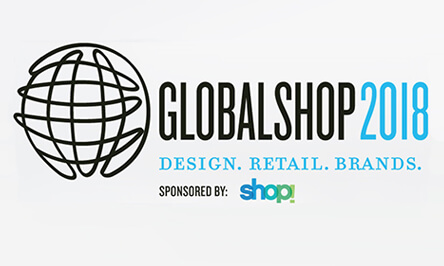Periscope braved the tech wave of CES so you don’t have to — check out the top trends and what they mean for the advertising industry.
Written by the Periscope team at CES 2017.
More than 175,000 industry professionals convened in Las Vegas to drive the connected future forward at CES2017. With nearly 4,000 exhibiting companies and over 2.6 million square feet of event space, there was a lot to cover. We’ve broken it down to some of the most influential categories we saw during our 3+ days in the desert.
Trend 1: AI Leading the Charge
Artificial intelligence has entered the homes and hands of millions through Amazon’s beloved Alexa and Apple’s always-accessible voice assistant, Siri. Now, the race is on to see who will own this emerging tech communication platform. Alexa seems to be dominating, with the voice assistant being used with hundreds of products.
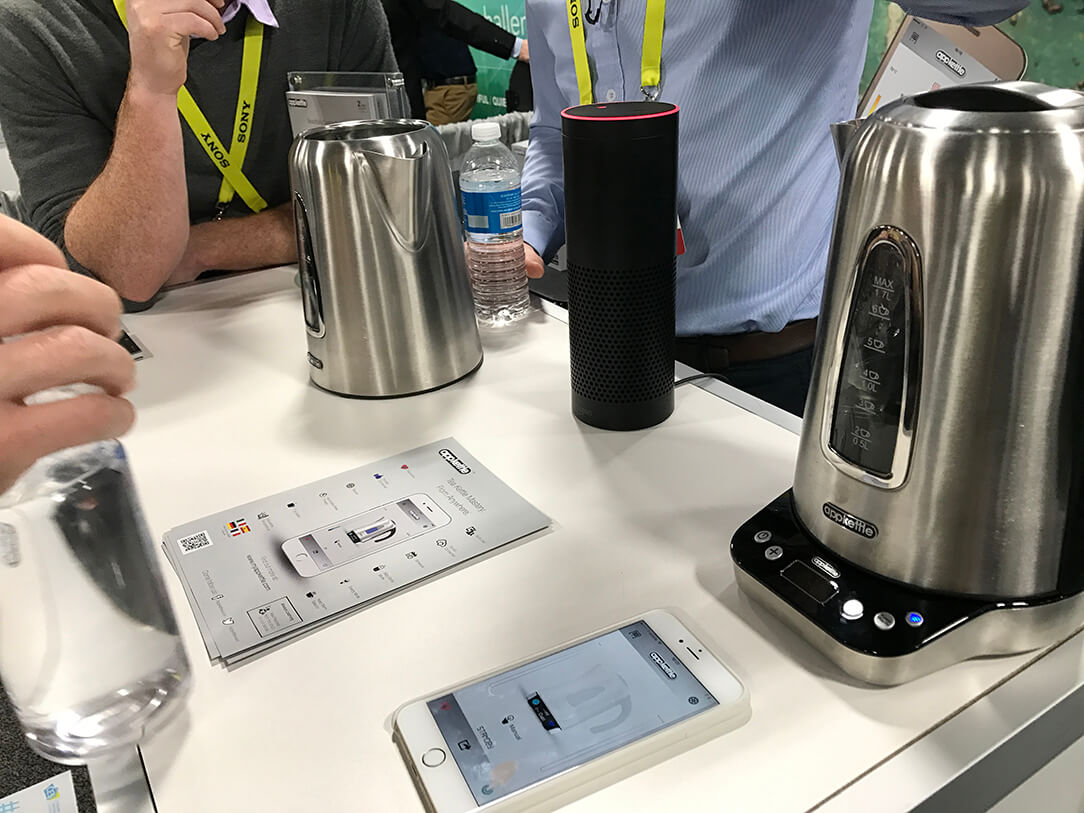
- Why This Matters for Marketers
The race to mobile (apps, websites configured for phones) was a big deal. AI is proving to be a revolution of similar size, and we must consider the way we think and act around technology as tech giants push for this always-on type of communication. In a world without screens, how will we be able to actually reach our audience, and what is now possible with this rapidly growing medium? - Product Spotlight: Mattel Aristotle
Mattel’s Aristotle is like a smart baby monitor and Amazon Echo rolled into one. The smart voice-activated speaker works with a companion camera and is intended to help with tasks like soothing a crying baby, buying more diapers, encouraging kids to mind their manners or helping them learn a foreign language.
Trend 2: The Internet of Everything
One of the dominant categories of CES was IoT, as almost everything you picked up had some sort of sensor. From baby strollers and bikes to canes and pillows, everything appeared to be “smart,” and the amount of data collected by each of these devices proved to be truly incredible. The declining price and growing accessibility of these new sensors gives entrepreneurs and tech companies alike the ability to embed these data-collectors into almost anything.
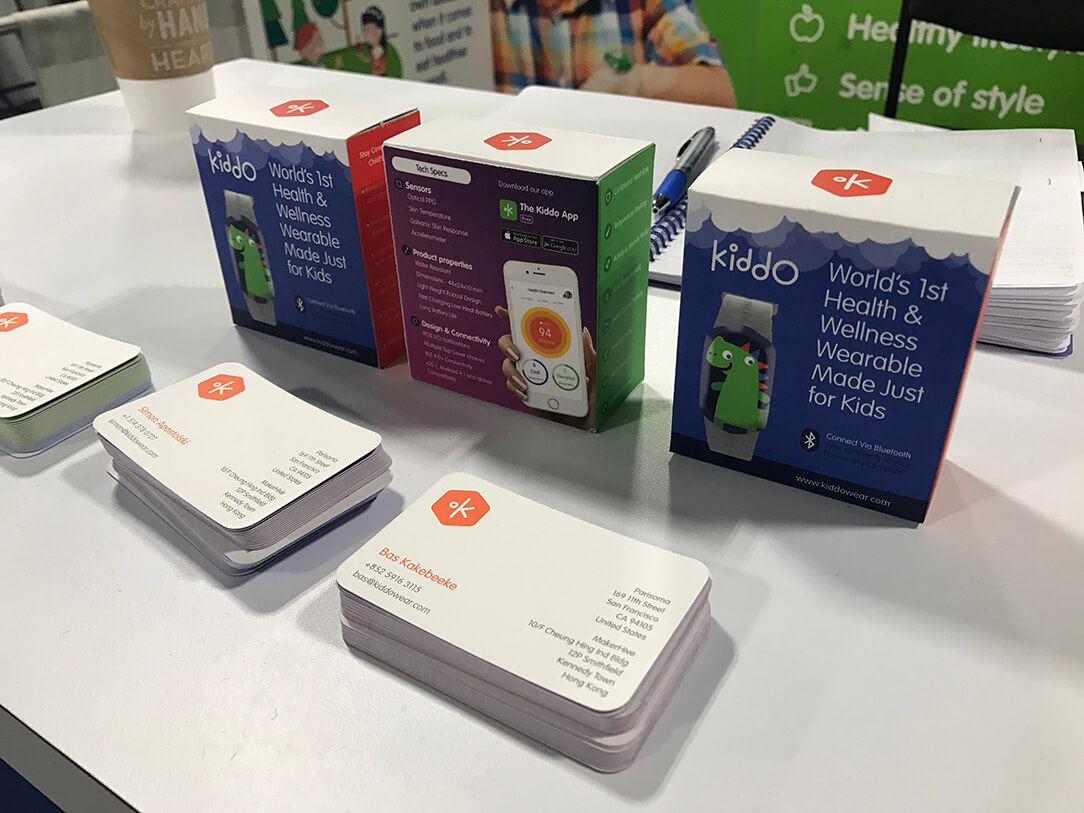
- Why This Matters for Marketers
With the massive amount of data being collected, communication and targeting can be more informed than ever. Marketers must continue to push to have access to this level of data wherever possible to continue to inform the decisions brands make every day. - Product Spotlight: Kiddo Smartwatch
The Kiddo Smartwatch was one of our favorite examples of this larger trend. A simple wristband that any child can wear connects via Bluetooth to a parent’s smartphone, collecting data to show things from stress to dietary habits.
Trend 3: VR for Everyone
A highlight at the 2015 and 2016 shows, the platform has evolved to now be accessible with little to no barriers to entry for viewers. Not only does VR viewership continue to evolve, but the creation of VR content has become mainstream with the introduction of full 360 cameras that are both affordable and incredibly easy to use. Niche applications of the technology seem to be coming to life, and professional AR/VR products seem to be on the up.
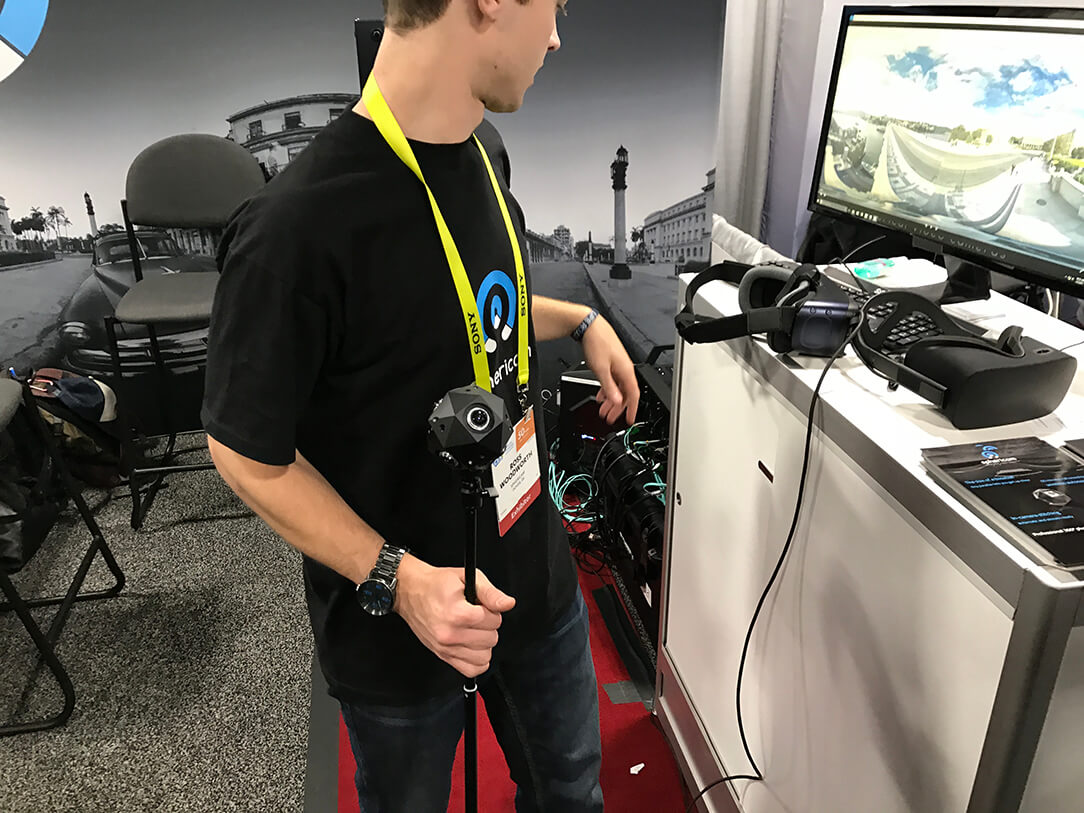
- Why This Matters for Marketers
VR is a new medium that we need to not only to be aware of, but also to use as a strategic tool when telling brands' stories. Brands will soon be able to rely on their fans and followers to create more organic forms of VR content. As we continue to push to have more authentic brand voices, we must prepare to react and harness this content for our brand message on a variety of channels. - Product Spotlight: KODAK PIXPRO Orbit360 4K VR Camera
The KODAK PIXPRO Orbit360 4K VR Camera brings an all-in-one 360° 4K camera to consumers. The curved lenses are designed to work in tandem to capture full 360° 4K video, and users can easily upload 360° videos and photos to social media via the camera’s Smart Device app
Trend 4: Smarter Transportation
Like IoT and AI, the transportation and vehicle sections at CES grew exponentially this year. Exhibitors ranged from small auto parts and accessories manufacturers to Faraday Future, the wannabe Tesla competitor that seems to have limitless funds for marketing and building, and mainstays like Ford and Mercedes. As old and ingrained in the transportation industry as some of these companies are, they had never really seen a need to come to the largest electronics trade show in the world. After a few years of sitting on the sideline, these manufacturers now realize how vital it is to jump into the game and start innovating.
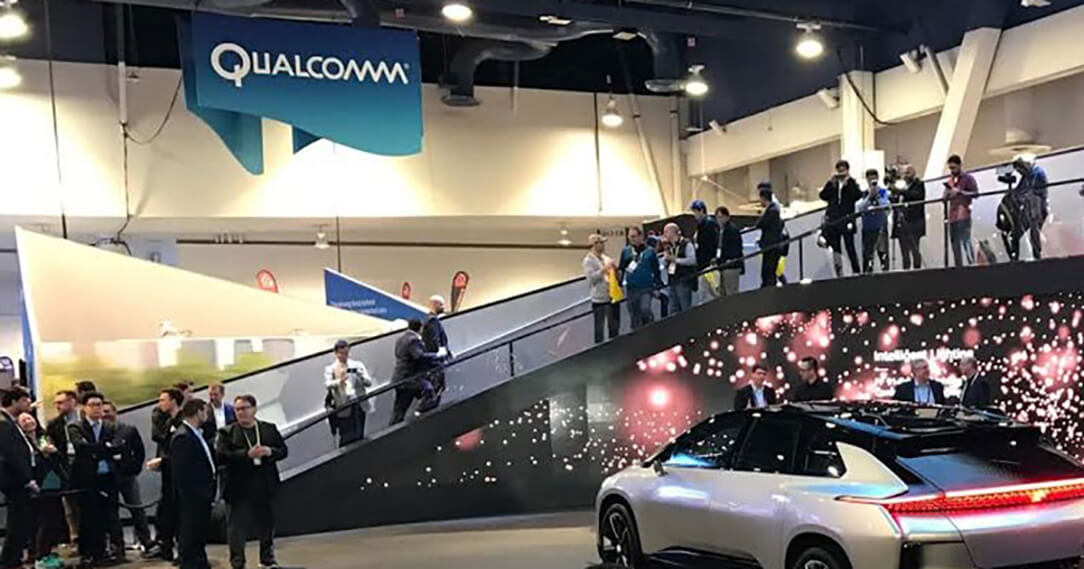
-
Why This Matters for Marketers
The transportation industry is changing rapidly — the effects of this innovation will continue to spread far beyond simple consumer vehicles as entire industries (think shipping) change. This means a change not only in how marketing and advertising is done for companies within this industry, but also in what kinds of platforms may arise from it (space on connected cars?). -
Product Spotlight: Faraday Future
Faraday Future was one of the most focused-on companies of CES, aimed at taking on electric car giant Tesla. Snagging more than 60K reservations after the CES preview of its FF 91, the company is certainly closer to raising funds to begin manufacturing.







